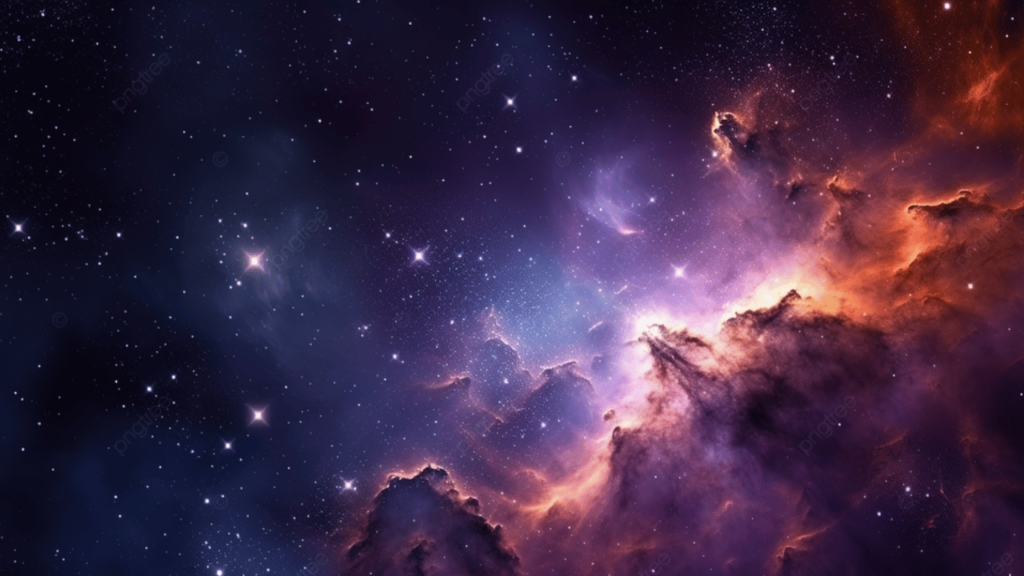
How stars emit energy through fusion: They fuse hydrogen into helium in their cores, releasing energy that radiates as starlight.
How Stars Emit Energy Through Fusion

How Stars Emit Energy Through Fusion : The Science of Starlight
We measure these distances in light years. One light year is equivalent to approximately six trillion miles, or the distance light travels in one 365 day Earth year. Alpha Centauri, at twenty five trillion miles from Earth, is about 4 light years away. Then the light we see today from the Andromeda Galaxy left it two and a half million years ago : Andromeda is 2.5 Million times, 24 trillion miles away.
Star’s, which are balls of gas (mostly the gases hydrogen and helium), emit radiation. Then they create energy by fusing hydrogen and turning it into helium in their cores. finally we see the resulting energy as starlight.
Astronomers classify stars based on their size, temperature, color and luminosity. Size in this case relates to mass rather than linear measurement, such as diameter. Stars start the same way, but their lives play out according to their size and mass. The mass of a star determines all of its other characteristics, including how hot it is, what color it is, and how long it will leave. massive starts are hot and blue , whereas small starts are cool and red.
In stars, Size Matters
Small stars continues to burn for hundreds of billion of years. The largest starts, about a hundred times the mass of the sun, live shorter lives, burning out after a few million years and dying with a bang . They become exploding supernovae that may leave behind a remnant of glowing gas.
Shock waves from supernovae tend to compress interstellar gas , which may ignite and become a new star stellar recycling.
NEBULAE: BIRTHPLACE OF STARS
Firstly stars are born in an enormous cloud of interstellar dust and hydrogen gas called a nebulae. Nebulae represent the building blocks for stars, galaxies and planets in the universe.
Emission nebulae are hot, discrete cloud of primarily ionized hydrogen that glow with their own light. Reflection nebulae emit a bluish glow by reflecting the scattered light of nearby stars. Absorption nebulae, or dark nebulae, comprise dense cloud of gas and dust. Then they appear as silhouettes against the light of brighter objects.
Nebulae form when stars die. When the end comes for our sun. For example, its outer layers will heat, swell, and eventually blow off. The hot, dead core will create a glowing nebulae, which will in turn become a nursery for new stars.
How stars emit energy through fusion: They fuse hydrogen into helium in their cores, releasing energy that radiates as starlight.



